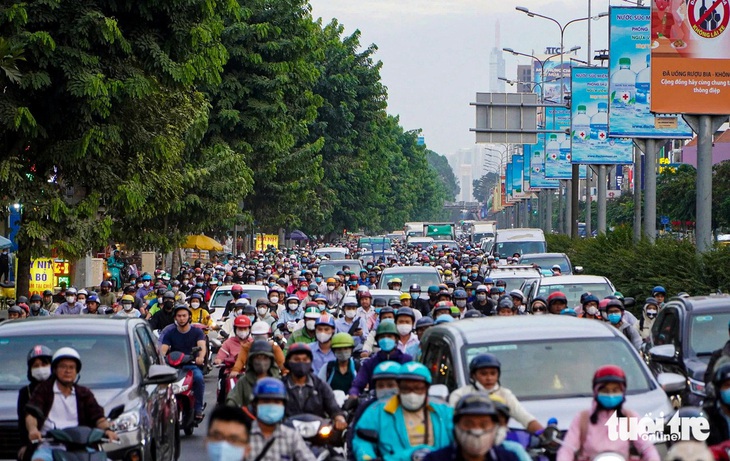
Air quality in Ho Chi Minh City varies over time of day and tends to change seasonally (related to traffic density and meteorological factors) - Photo: CHAU TUAN
Air pollution control is one of the contents mentioned by the Ho Chi Minh City People's Committee in the overall report on the implementation of policies and laws on environmental protection sent to the National Assembly Supervision Delegation of the 15th tenure on July 23.
Air pollution levels are higher in the dry season than in the rainy season.
According to the report, the monitoring results over many years of the Department of Agriculture and Environment and related studies have recorded that air pollution in Ho Chi Minh City is mainly related to dust. At some times, the concentration of total dust (TSP) and fine dust (PM10 and PM2.5) at some traffic locations exceeds Vietnam's standards...
Air quality varies over the course of the day and tends to vary seasonally (related to traffic density and meteorological factors).
Pollution levels are higher in the dry season than in the rainy season, with PM2.5 concentrations in the air tending to peak during the late and early part of the year.
Among the sources of air pollution, road traffic is identified as the main source of air pollution in Ho Chi Minh City.
Besides, air quality in the city also depends greatly on meteorological factors... and is affected by external pollution sources.
Currently, the city is maintaining regular monitoring of dust parameters, including PM10 and PM2.5, which are sampled continuously for 24 hours at 36 monitoring locations.
The Department of Agriculture and Environment is periodically synthesizing and evaluating dust pollution, PM10, PM2.5 and publishing environmental quality information weekly.
The results of monitoring fine dust concentrations at 36 locations in Ho Chi Minh City in the period of 2021-2024 showed that some areas exceeded the standards such as Phu Lam (2024), Huynh Tan Phat - Nguyen Van Linh (2022) and Cat Lai (2022, 2023)...
Many projects towards green transport and green cities
According to statistics, Ho Chi Minh City (before the merger) was managing more than 9.6 million vehicles including 8.6 million motorbikes and more than 1 million cars. After the merger, Ho Chi Minh City will have a scale of more than 11 million vehicles.
Currently, Ho Chi Minh City is implementing many plans and projects towards green transportation and green city. In particular, the green transformation project in Ho Chi Minh City is being researched by the Ho Chi Minh City Development Research Institute.
This is a comprehensive research project including green transport, green growth, green economy , green industry, green agriculture, green urban infrastructure, green lifestyle, human resources, etc.
The City Development Research Institute is also completing a project to convert two-wheeled vehicles from gasoline to electric for technology and delivery drivers.
Regarding the project to control vehicle emissions, based on Resolution 98, the City People's Committee assigned the Department of Construction to implement the construction in two phases.
In particular, phase 1 is about the roadmap and policies to support the development of charging stations, converting buses to use electricity and green energy to be applied from 2025. The goal is that by 2030, all buses will use electricity or green energy.
Under the direction of the City People's Committee, the Department of Construction is currently researching and completing the project in the direction of expanding the scale for synchronous implementation throughout the new Ho Chi Minh City (after the merger). It is expected that the city will submit it to the City People's Council in the fourth quarter of 2025 to serve as a basis for implementation.
As for phase 2, the consulting unit is developing a project covering the entire new Ho Chi Minh City. The task of this phase is to develop a policy to support the purchase and exchange of old cars and incentives for people and businesses when converting gasoline cars to clean energy electric cars.
During this period, the city also researched and implemented zoning solutions, giving priority to electric vehicles and green energy in some areas such as the center of Ho Chi Minh City, Can Gio, and Con Dao.
Source: https://tuoitre.vn/giao-thong-duong-bo-la-nguon-gay-o-nhiem-khong-khi-chinh-o-tp-hcm-20250724125241066.htm


![[Photo] Action for the Community tells stories of enduring journeys – both intimate and great, yet quiet and determined](https://vphoto.vietnam.vn/thumb/1200x675/vietnam/resource/IMAGE/2025/11/15/1763179022035_ai-dai-dieu-5828-jpg.webp)
![[Photo] The Government Standing Committee reviews the planning project of the Red River landscape avenue axis](https://vphoto.vietnam.vn/thumb/1200x675/vietnam/resource/IMAGE/2025/11/15/1763197032149_dsc-0163-jpg.webp)





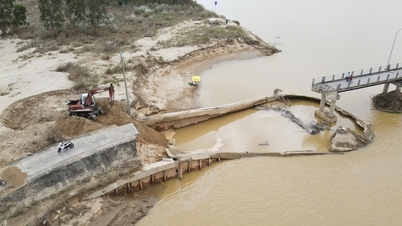



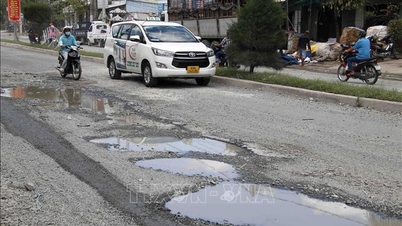

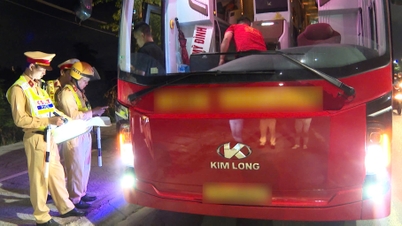

![[Video] Gambling fraud via livestream](https://vphoto.vietnam.vn/thumb/402x226/vietnam/resource/IMAGE/2025/11/15/1763200030804_thumbnail-jpg.webp)

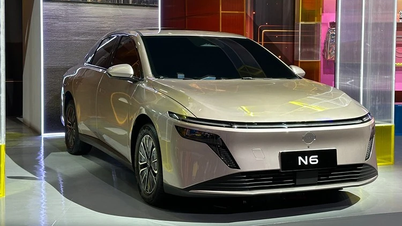

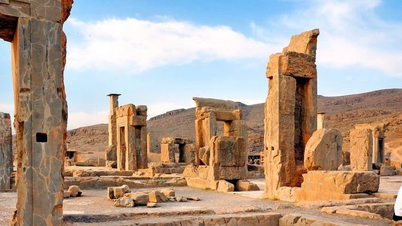
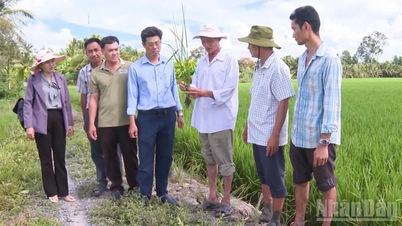

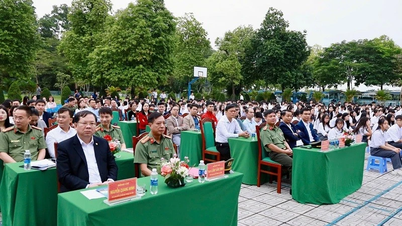







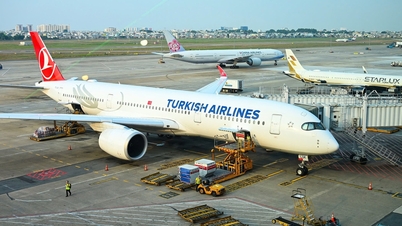
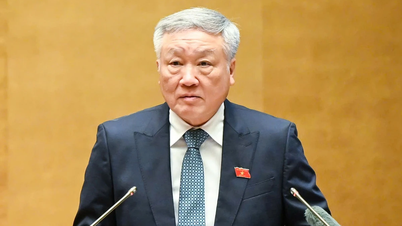


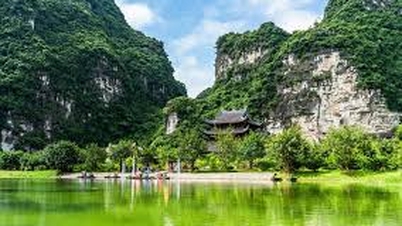

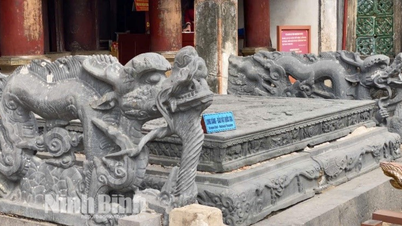
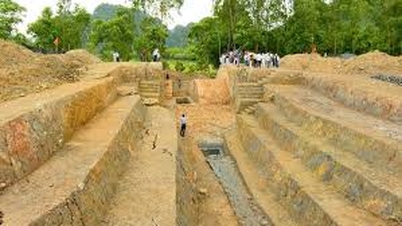





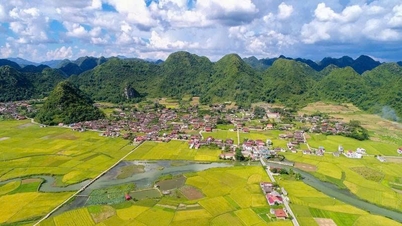









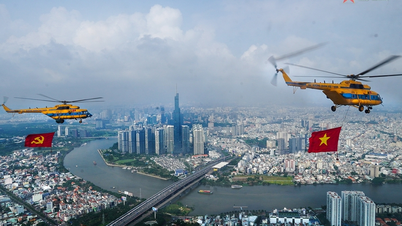

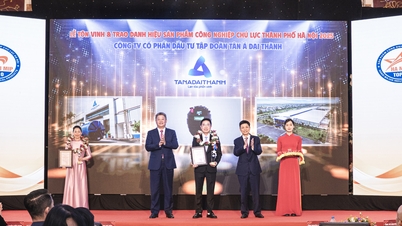

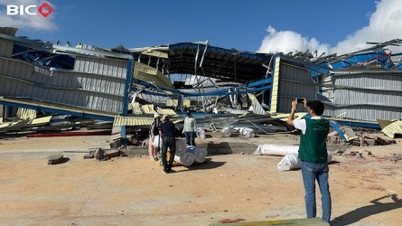











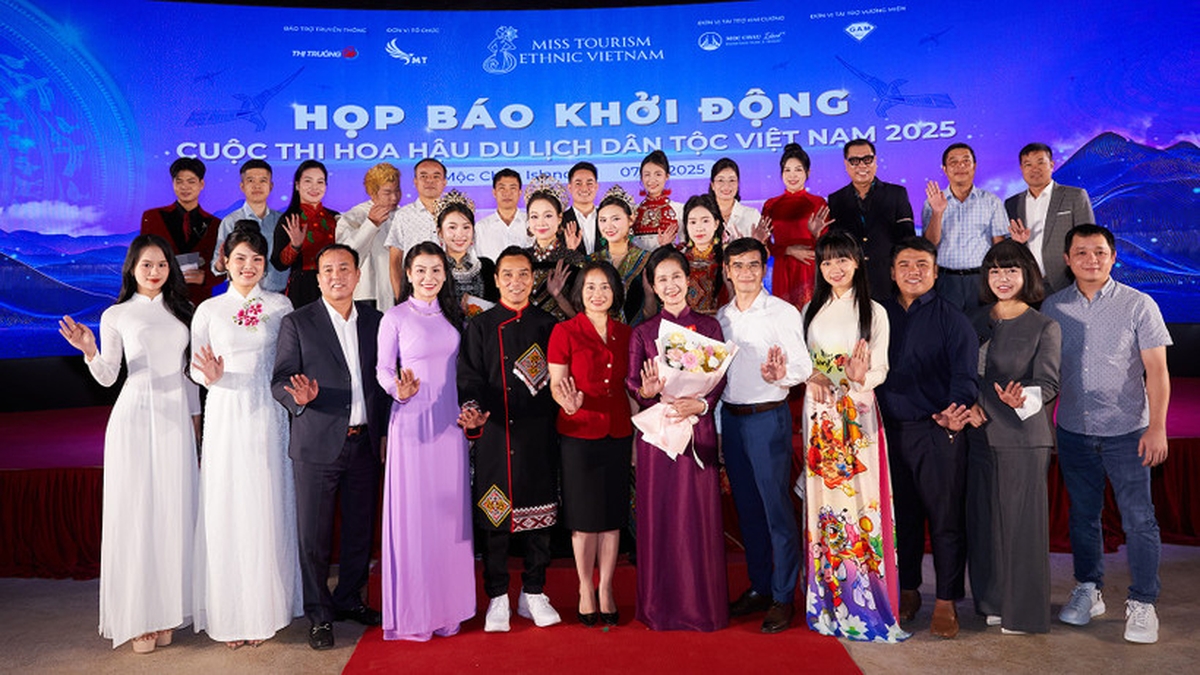





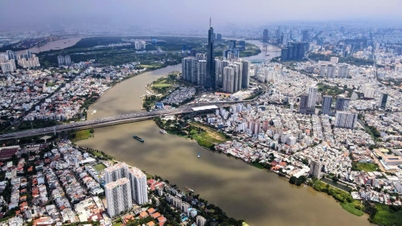



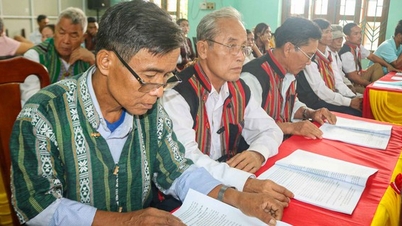
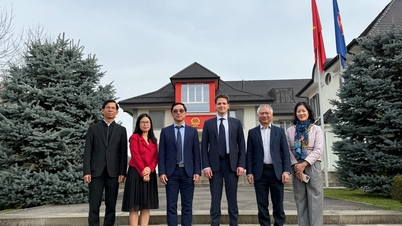

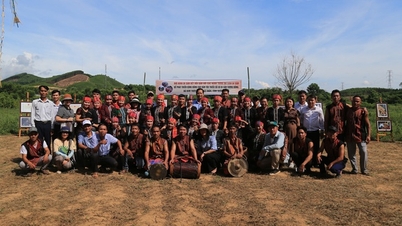

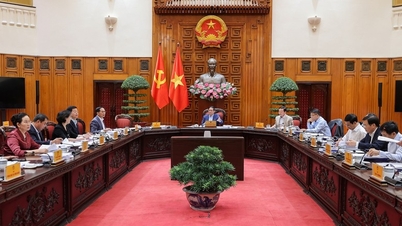

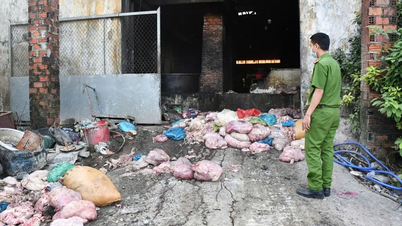

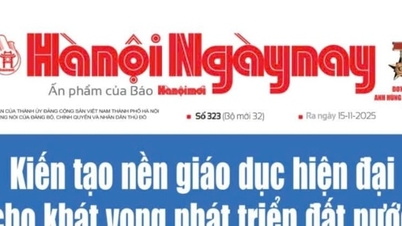
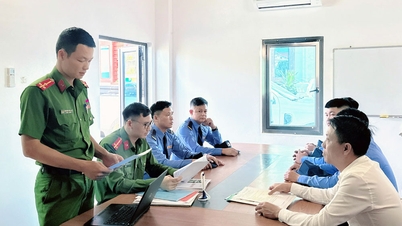



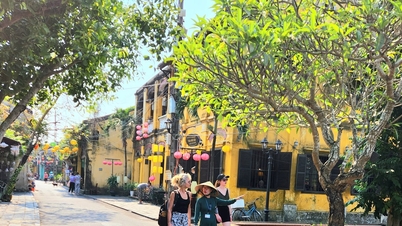
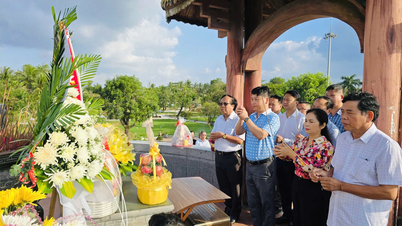


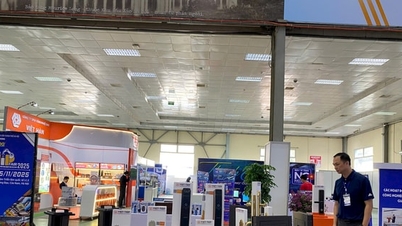

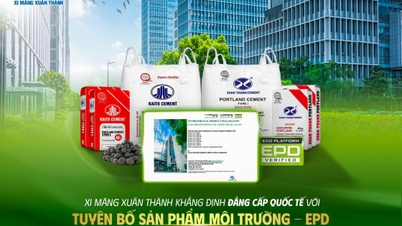
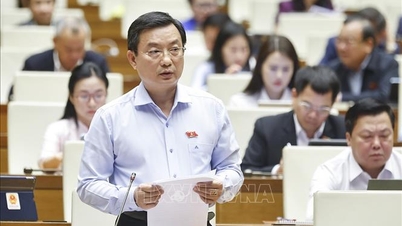






Comment (0)